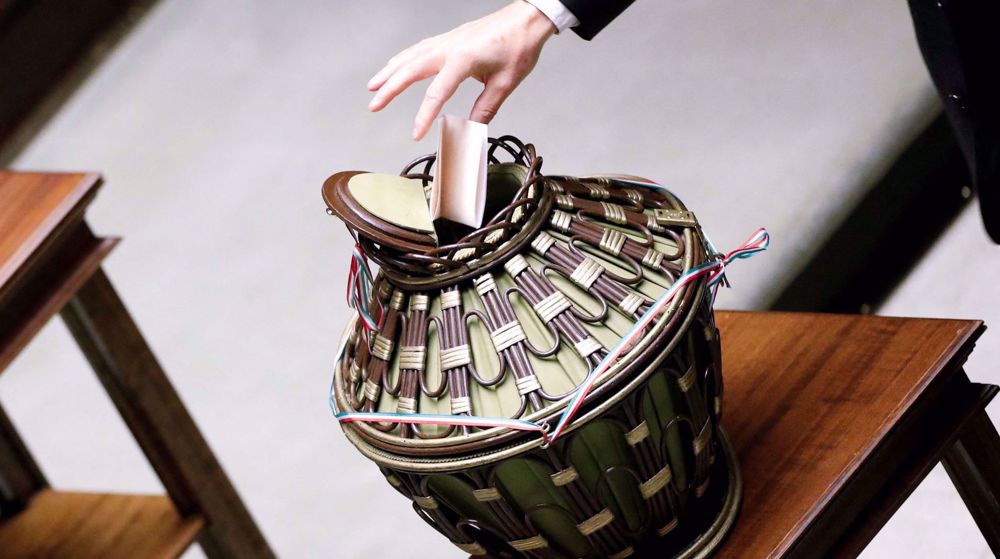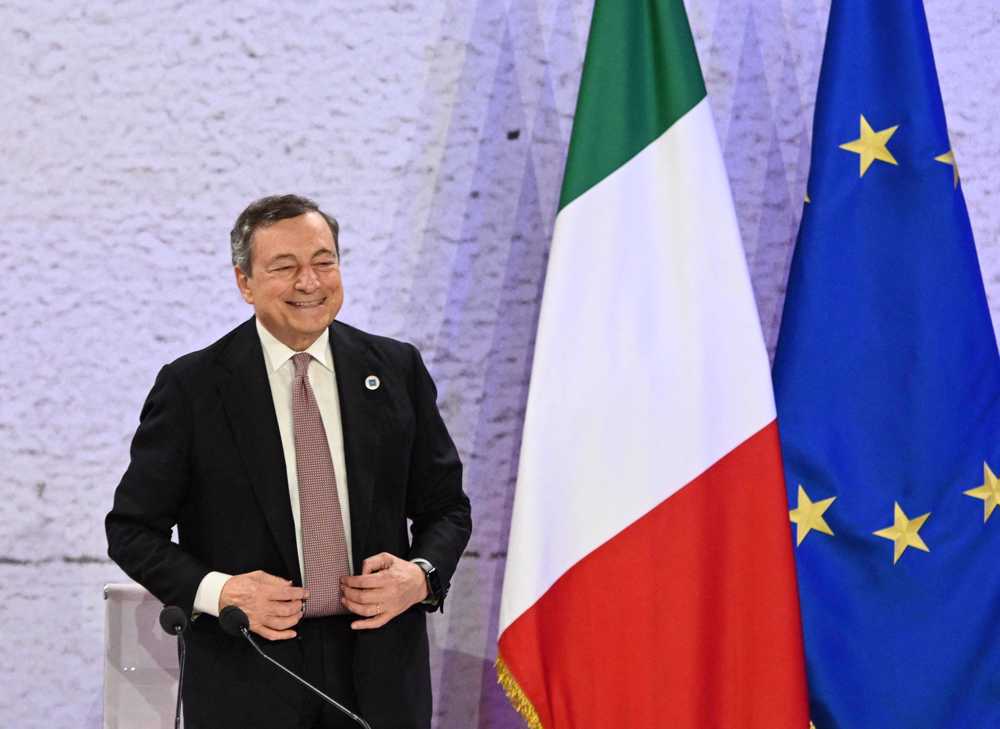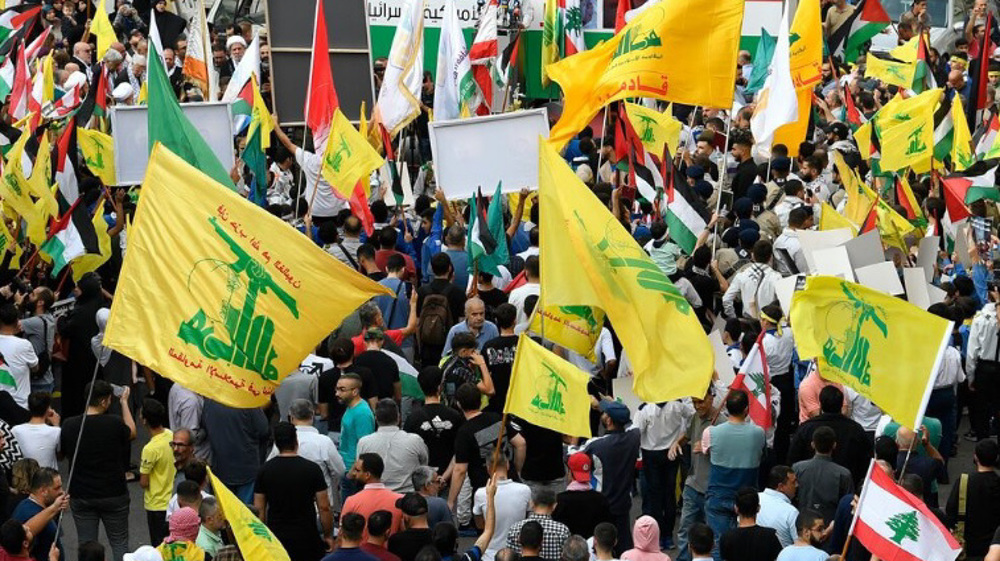Italian lawmakers fail to elect new president for fourth time amid political stalemate
Italian lawmakers have failed to elect a new president for the fourth time after the main political parties made no progress in finding a mutually acceptable candidate for the position.
In the fourth round of voting in the country’s presidential election on Thursday, neither the center-right nor center-left parties put forward any names for the ballot, prolonging the uncertainty over the leadership of the euro zone’s third-largest economy.
“We are faced with the most important choice of the next seven years. Does it seem normal to you to see the sort of games we have witnessed in the last four days?” said former prime minister Matteo Renzi, terming the failing as “scandalous.”
The largest number of votes -more than 160- went to outgoing President Sergio Mattarella, who is unwilling to accept a second mandate. However, the support for him has been increasing in the daily ballots. He is due to step down on February 3.
Anti-mafia magistrate Nino Di Matteo was in the second rank after Mattarella, winning 56 votes.
Prime Minister Mario Draghi, a former European Central Bank chief, is seen as the most qualified candidate to replace Mattarella. However the lawmakers do not show much interest in supporting him, as they think that any change in the government could spark a new crisis.
With only one year in power, Draghi was able to stabilize Italy’s politics and put in place the country’s major economic plans for the upcoming 200 billion euros in European recovery funds.
Meanwhile, the center-right party ordered its electors to abstain, declaring in a joint statement that it wanted to pick a figure with a “high institutional value,” implying that it is looking for someone from the judicial branch, or a senior civil servant.
Possible institutional candidates could be Elisabetta Belloni, a diplomat who heads the secret services and Justice Minister Marta Cartabia, the first woman to chair Italy's constitutional court.
Italy’s voting process could go on for days if the grand electoral do not agree on someone. Only three presidents were chosen in the first round, but it took Italy 23 ballots once to choose president.
Israel kills 5 Palestinian journalists in front of Al-Awda Hospital in Gaza
VIDEO | Gaza ceasefire obstacles
VIDEO | Pakistani Christians mark Christmas in solidarity with Palestine
VIDEO | Plight of Gaza cancer patients
Dozen people killed in armed clashes in Syria’s Tartus
VIDEO | Yemen’s hypersonic missiles continue targeting Israel
VIDEO | Intl. event marks Yalda Night, Christmas, Birth Anniv. of Lady Fatima (PBUH)
Russia urges IAEA to uphold impartiality in monitoring Iran's nuclear facilities











 This makes it easy to access the Press TV website
This makes it easy to access the Press TV website